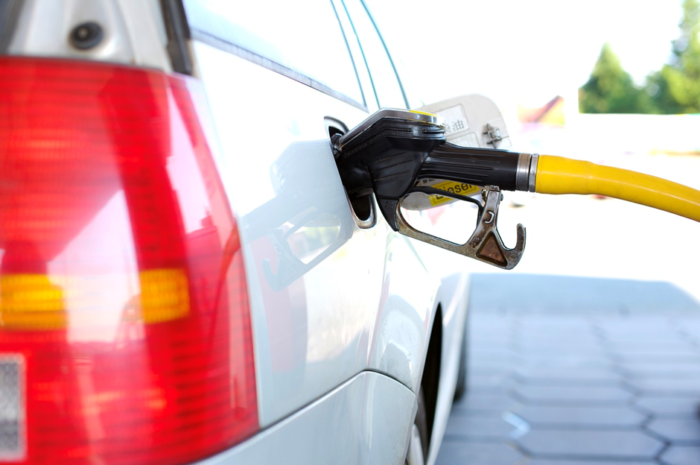E10 petrol was introduced a few months ago in a national effort to tackling climate change associated with vehicles by reducing carbon dioxide emissions.
E10 petrol contains up to 10% renewable ethanol, utilising less fossil fuels than E5 petrol. However, despite its sustainable benefits, the introduction has met with criticism related to its cost.
The motoring experts at LeaseCar.uk are breaking down the reported issues with E10 petrol efficiency and offering their top tips to decrease fuel consumption.

The Government assured motorists any car manufactured after 2011 is compatible with E10 fuel, any motorists unsure about their vehicle’s compatibility should use the checker on the Gov.uk website.
Since the new petrol came into use, some drivers have reported issues related to fuel efficiency, with some complaining they are having to work their engines much harder to achieve the same speeds as was possible with E5 petrol.
A spokesperson for LeaseCar.uk said: “Many motorists have discovered challenges with new E10 petrol, concerning increased engine wear and tear and fuel consumption.
“Because of this, we want to urge motorists to understand the best ways to conserve fuel usage in their vehicles in order to see positive results in how they are using their petrol.”
Look after your tyres
Driving with flat tyres can significantly reduce their life expectancy and can contribute to excess fuel consumption. All motorists should check their tyres around once a month, no matter how old the vehicle, tyre pressure information can often be found on the inside of the driver side door or in the car’s manual.
Try not to lose momentum
Keeping a vehicle moving at the right speed is essential to preserving fuel. Motorists who are slowing down and losing momentum before quickly speeding up again are using more fuel than is necessary. The best advice is to drive as smoothly as possible, depending on the road ahead and traffic conditions.
Remove excess weight
Any additions such as roof racks and boxes should be removed when not in use as they can also create a greater drag force, especially at higher speeds. The same effect can be had with weight inside the car, unnecessary items in your boot or back seat will decrease the amount of miles you can get per gallon.
Don’t drive in neutral
It is a common misconception that motorists don’t expend any petrol or diesel when putting their car into neutral whilst travelling down a hill. However, this is often false as many drivers fail to gauge the right gear to go back into, which in turn burns more fuel. Attempts to put the car back into drive can be particularly risky in automatic vehicles as the engine will not have gone through the natural progression of gears. Doing this places a lot of stress on the engine and uses up more fuel than staying in gear.
Avoid idling
Not only is remaining idle for too long a punishable offence, but it also wastes a considerable amount of fuel. Many modern cars are installed with a ‘stop start’ feature which can keep from leaving the engine running. Motorists driving cars without this feature should ensure they are always turning their engine off when sitting idle.
